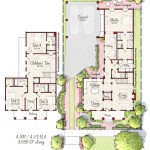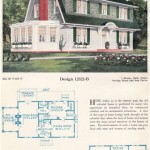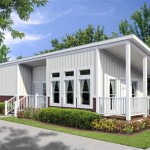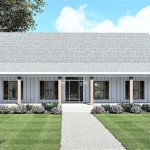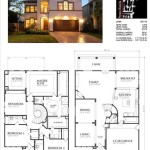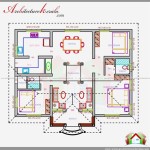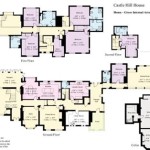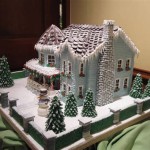Maine Bat House Plans: A Guide to Essential Aspects
Maine is home to nine species of bats, all of which play vital roles in our ecosystem. As natural predators of insects, bats consume massive quantities of mosquitoes and other pests, helping to control their populations. They also serve as pollinators for plants and distribute seeds, contributing to the health and diversity of our forests.
However, bat populations have declined in recent years due to various factors, including habitat loss, climate change, and disease. One way to support these important creatures is by providing them with bat houses.
Essential Aspects of Maine Bat House Plans
When designing and building bat houses for Maine, it is crucial to consider the following essential aspects:1. Dimensions and Design: Maine bat houses should be at least 24 inches tall and 14 inches wide, with an interior volume of approximately 3 cubic feet. The entrance should be 3/4 inch wide and 2 inches tall, facing southeast or southwest to catch the afternoon sun. The interior should have rough surfaces or grooves to provide bats with traction for roosting.
2. Material: Cedar or redwood are ideal materials for bat houses, as they are naturally resistant to rot and decay. The wood should be at least 3/4 inch thick to provide insulation and protection from the elements.
3. Location: Bat houses should be placed in open areas, away from trees or other structures that may obstruct flight paths. The ideal height for a bat house is between 10 and 20 feet above the ground, mounted on a pole or tree trunk.
4. Painting: Avoid painting the exterior of bat houses, as paint can seal the pores and prevent bats from detecting the interior temperature. If desired, the interior can be painted black to absorb heat.
5. Maintenance: Bat houses require minimal maintenance. They should be inspected annually for damage or debris and cleaned every few years to remove accumulated guano and insects.
Additional Considerations
In addition to the essential aspects outlined above, here are some additional considerations for Maine bat house plans:
1. Multi-Chamber Design: Multi-chamber bat houses provide additional roosting space and can accommodate larger colonies.
2. Ventilation: Small vents at the top of the bat house allow for air circulation and prevent moisture buildup.
3. Predator Guards: Installing predator guards around the entrance hole can help deter predators such as raccoons and owls.
Conclusion
By following these guidelines and incorporating essential aspects into your Maine bat house plans, you can provide a safe and suitable habitat for these vital creatures. By supporting bat populations, we contribute to the overall health and biodiversity of our environment.
Build Your Own Bat House

Bats How To Avoid Or Resolve A Wildlife Conflict Living With Fish Maine Dept Of Inland Fisheries And

Build Your Own Bat House

Pin By Nicole Laurie Baird On Cubs2 Bat House Plans Bird Houses

How To Make A Bat House Sweet Tea Junkie

How To Buy Build Or Maintain A Bat House Tnc

Bats How To Avoid Or Resolve A Wildlife Conflict Living With Fish Maine Dept Of Inland Fisheries And

Building A Bat House Virginia Wildlife Removal

How To Build A Bat House

How To Make A Bat House Batweek Org Go For Bats

